Your best recipe for washing whites?
dragonesse
15 years ago
Related Stories
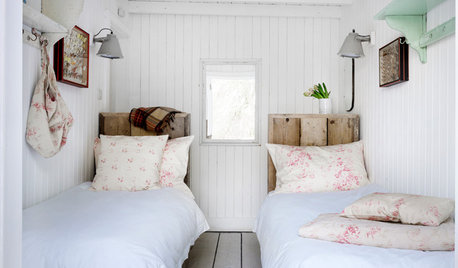
DECORATING GUIDES10 Recipes for Shabby Chic Style
Rustic furniture, floral fabrics, sparkling chandeliers. Here are 10 easy ways to bring the romantic cottage look into your home
Full Story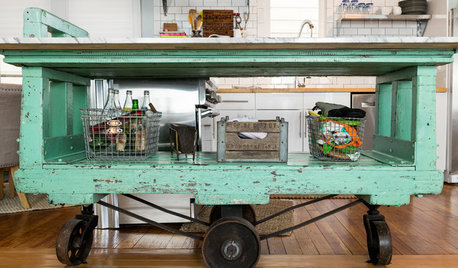
KITCHEN DESIGNKitchen Recipes: Factory Cart Inspires a Dream Cooking Space
These homeowners' kitchen was almost nonexistent, so they whipped it up from scratch. See what they cook there and get the recipe too
Full Story
KITCHEN DESIGNKitchen Recipes: Secret Ingredients of 5 One-of-a-Kind Cooking Spaces
Learn what went into these cooks’ kitchens — and what comes out of them
Full Story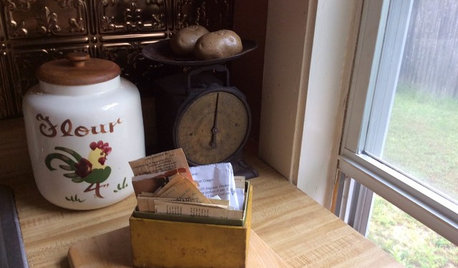
KITCHEN DESIGN5 Home Cooks Share Their Favorite Family Recipes
Peek inside the kitchens of these Houzz users and learn how to cook their time-tested, passed-down dishes
Full Story
KITCHEN DESIGNWorld of Design: Favorite Recipes From Food Lovers Around the Globe
Travel with your tastebuds and experience for yourself these international foodies' favorite dishes
Full Story
BEDROOMS9 Design Recipes for a Peaceful Bedroom
Find your bliss in these dreamy, relaxing sleep spaces
Full Story
CURB APPEALEntry Recipe: Low-Maintenance Meets Contemporary Curb Appeal in Canada
A neighborhood-appropriate mix of textures and colors invites visitors to linger as they approach
Full Story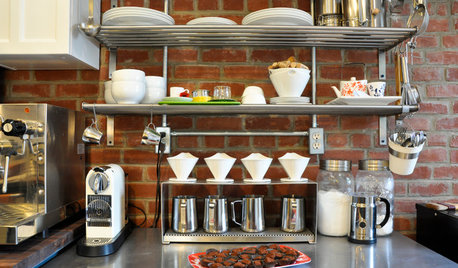
KITCHEN DESIGNSweet Ideas and a Truffle Recipe from a Chocolatier's Test Kitchen
A $2,100 budget didn't mean a half-baked kitchen redo; this confectioner just rolled up her sleeves and rolled out the improvements
Full Story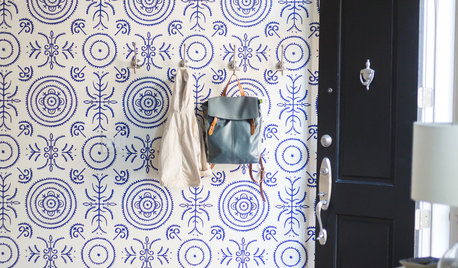
ENTRYWAYSDesign Recipes for a Fun and Functional Entry
These rooms in a variety of styles show how to create a welcoming first impression of your home
Full Story
LANDSCAPE DESIGNYour 3-Step Recipe for a Stylish Outdoor Room
Design your own retreat with ideas from a small rooftop garden, a contemporary courtyard and a modern oasis
Full Story







asolo
chambleemama
Related Professionals
Knoxville Kitchen & Bathroom Designers · Beaverton Kitchen & Bathroom Remodelers · Lisle Kitchen & Bathroom Remodelers · Panama City Kitchen & Bathroom Remodelers · Pasadena Kitchen & Bathroom Remodelers · San Juan Capistrano Kitchen & Bathroom Remodelers · Shawnee Kitchen & Bathroom Remodelers · Brea Cabinets & Cabinetry · Chicago Custom Closet Designers · Fort Worth Custom Closet Designers · Fort Worth Custom Closet Designers · Shrewsbury Custom Closet Designers · Melbourne Flooring Contractors · Pearland Flooring Contractors · Randolph Flooring Contractorshousekeeping
jrdown
dragonesseOriginal Author
grainlady_ks
housekeeping
jrdown
justjustin
housekeeping
susanilz5
justjustin
lcp213nc
dragonesseOriginal Author